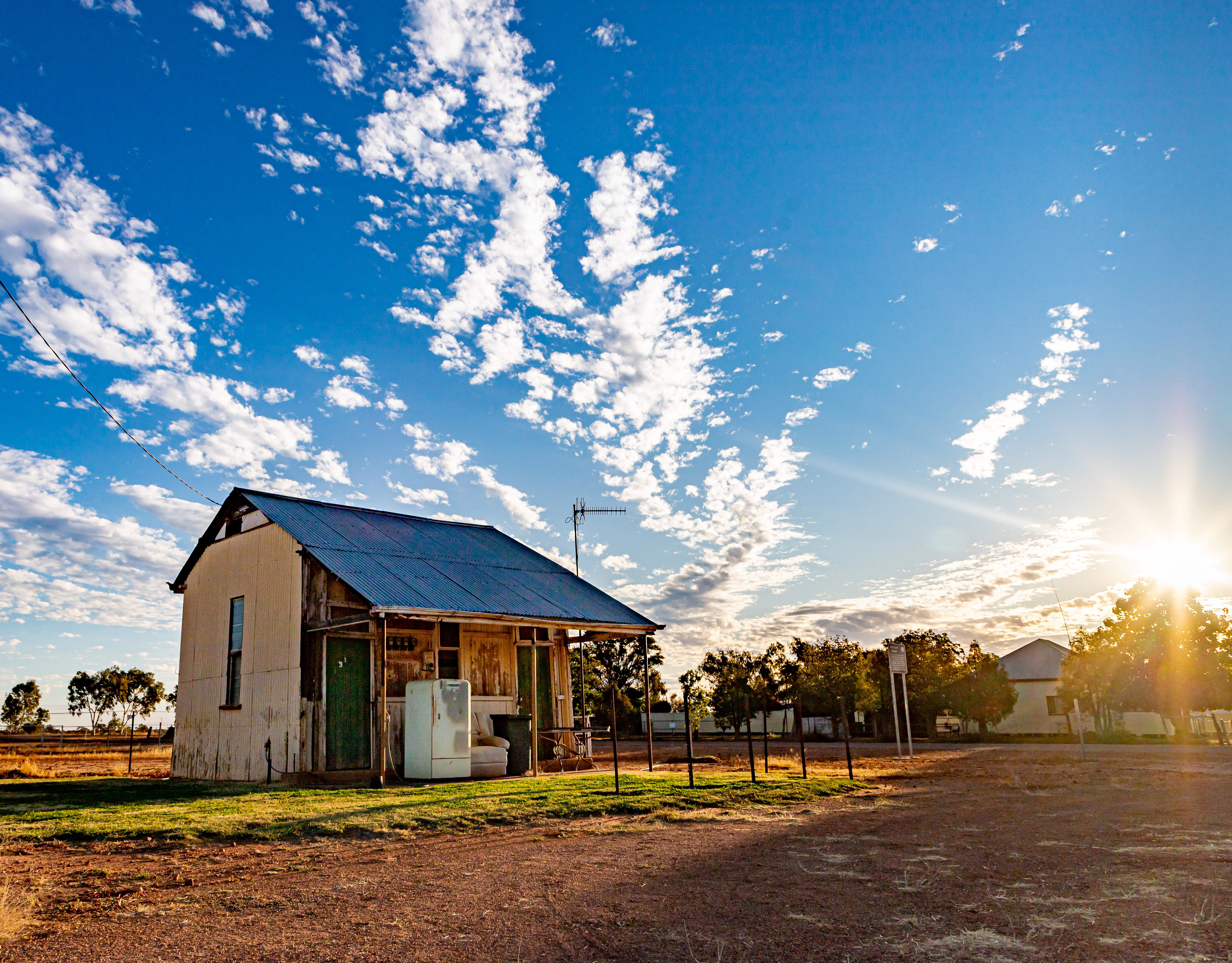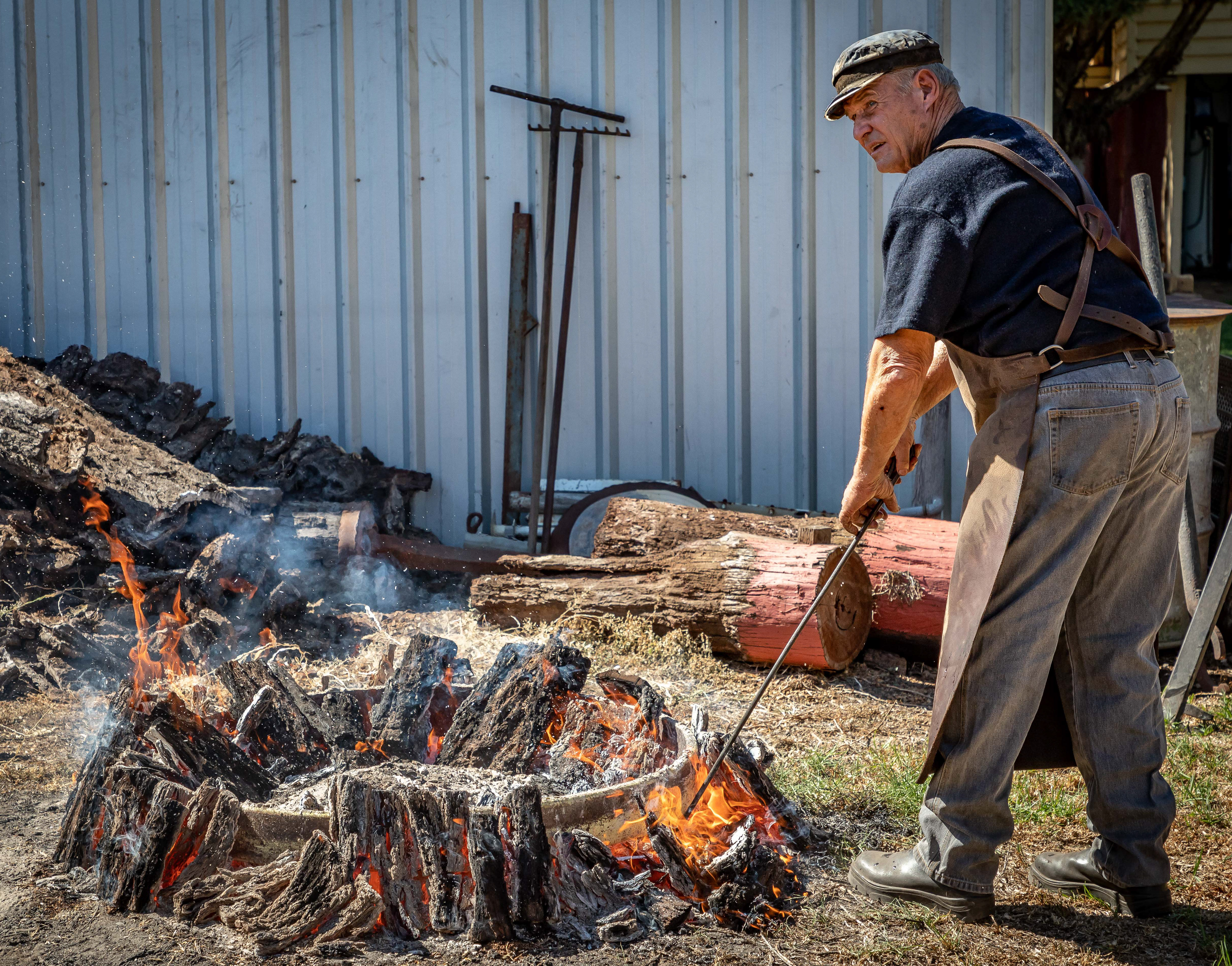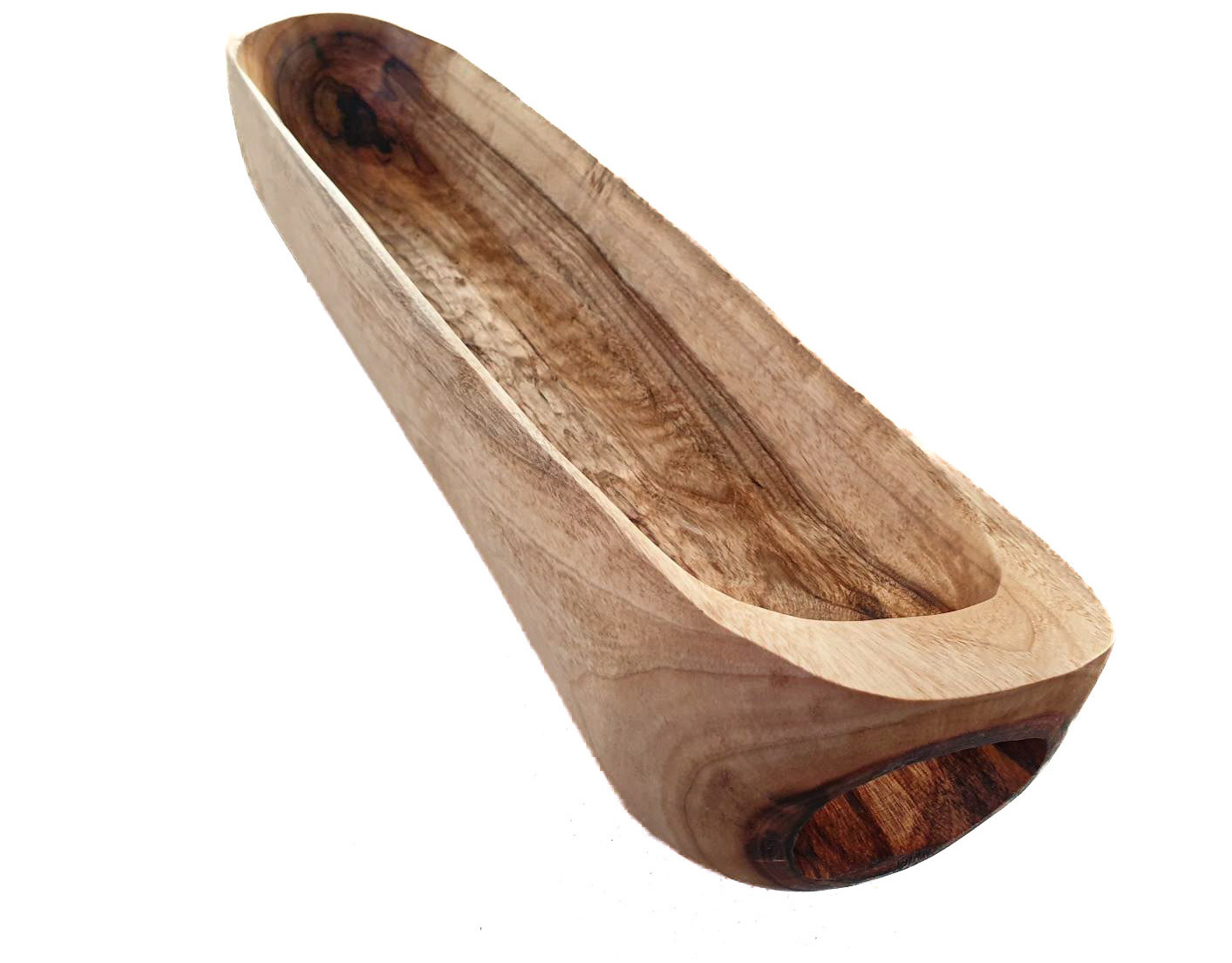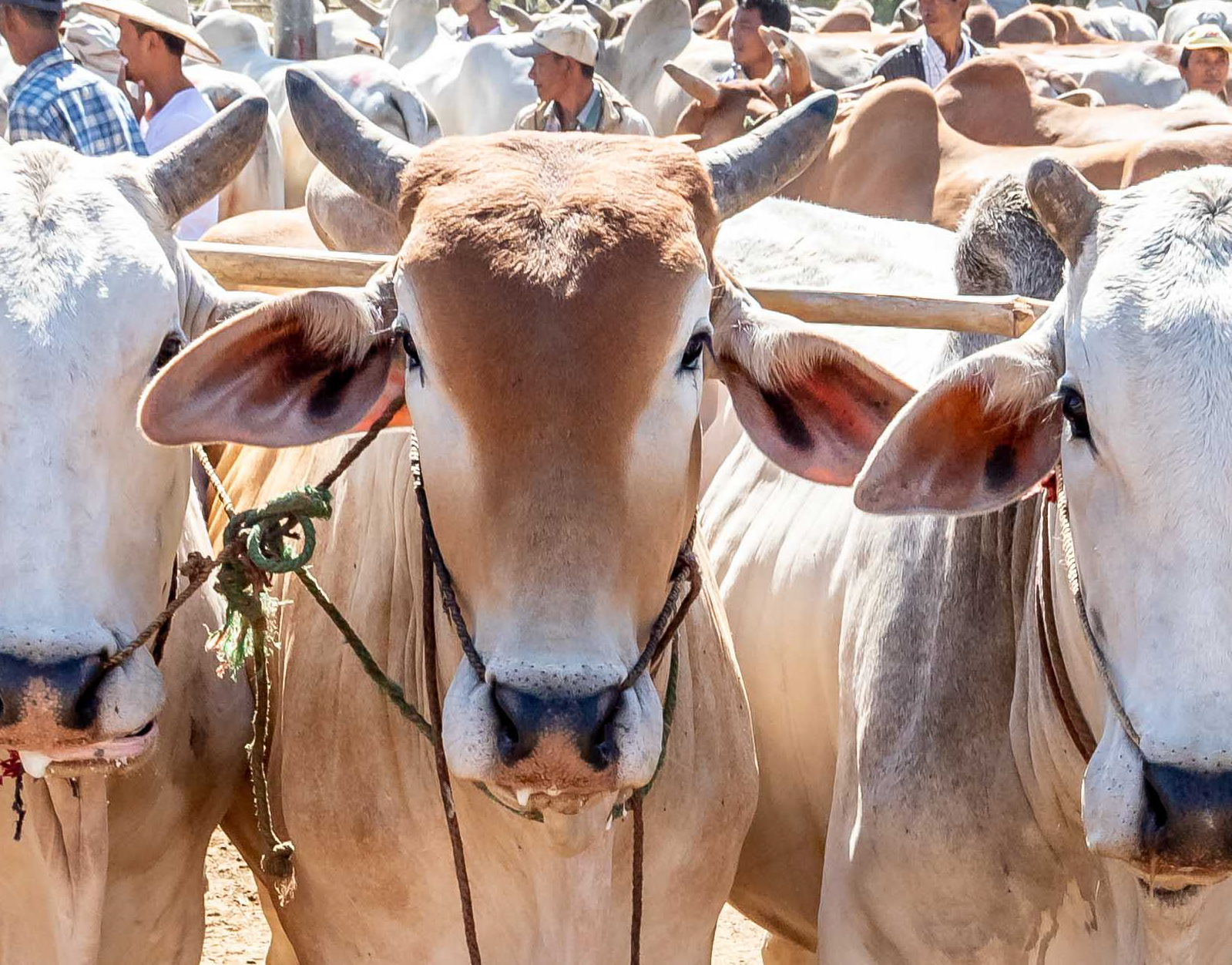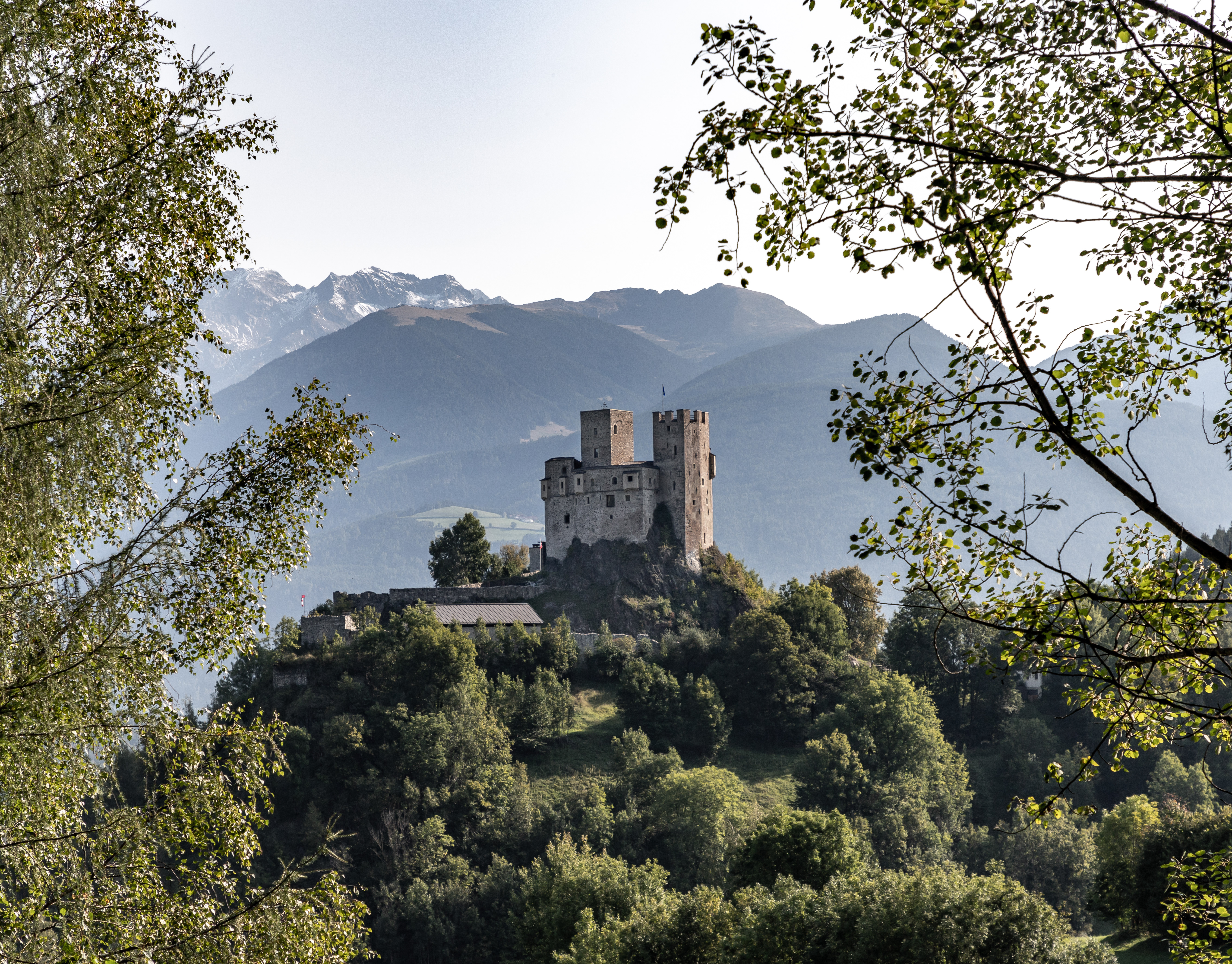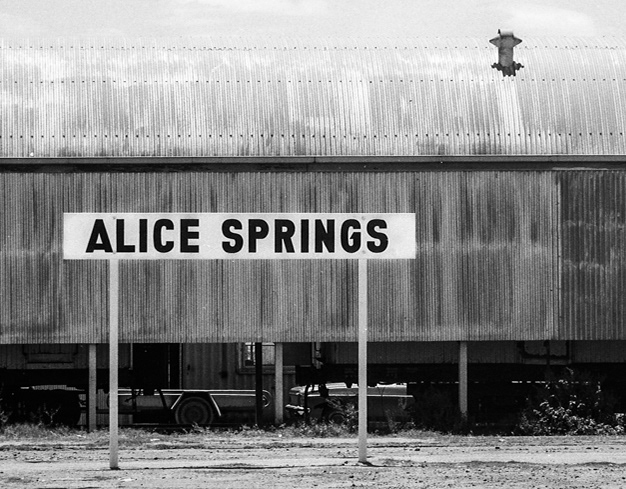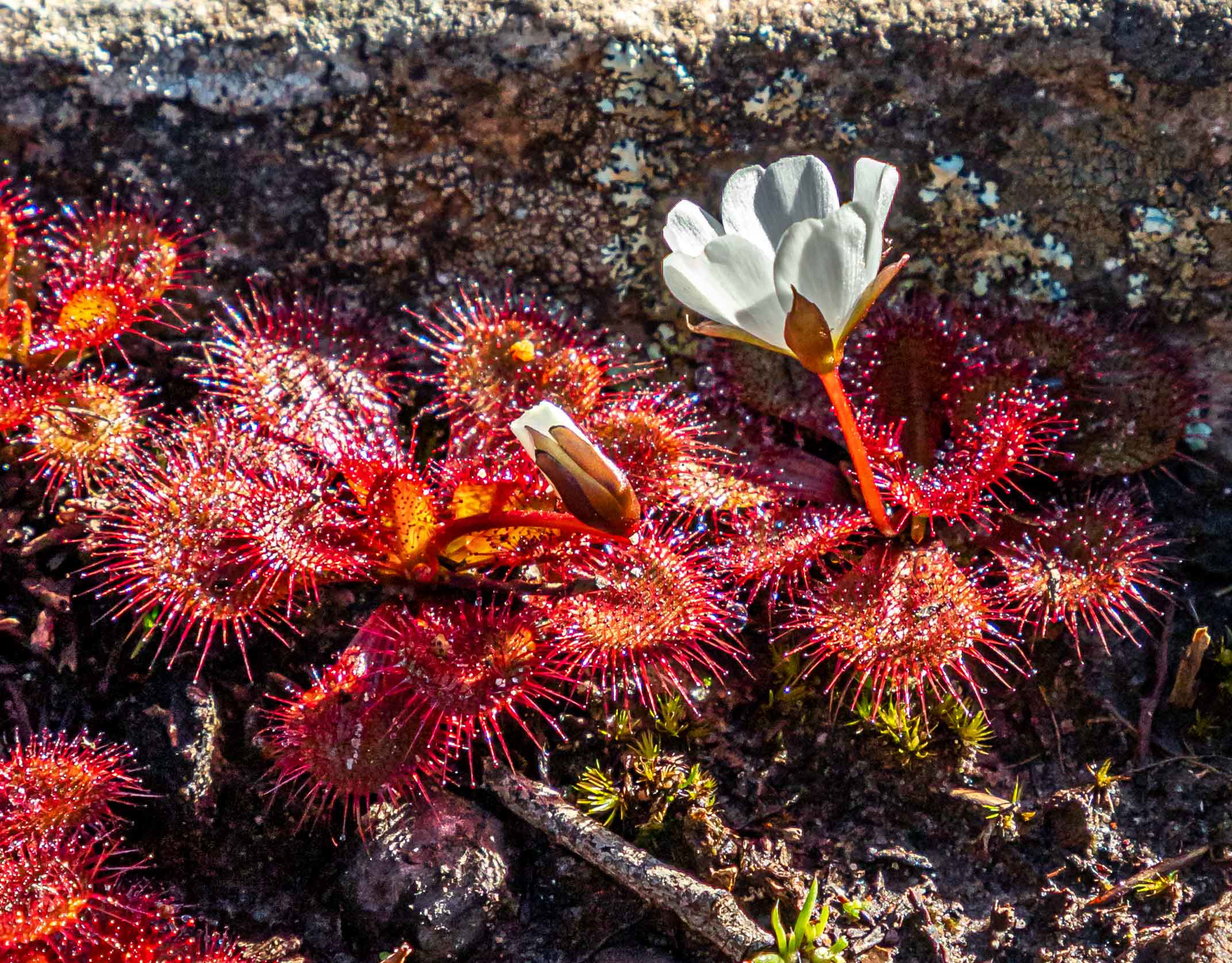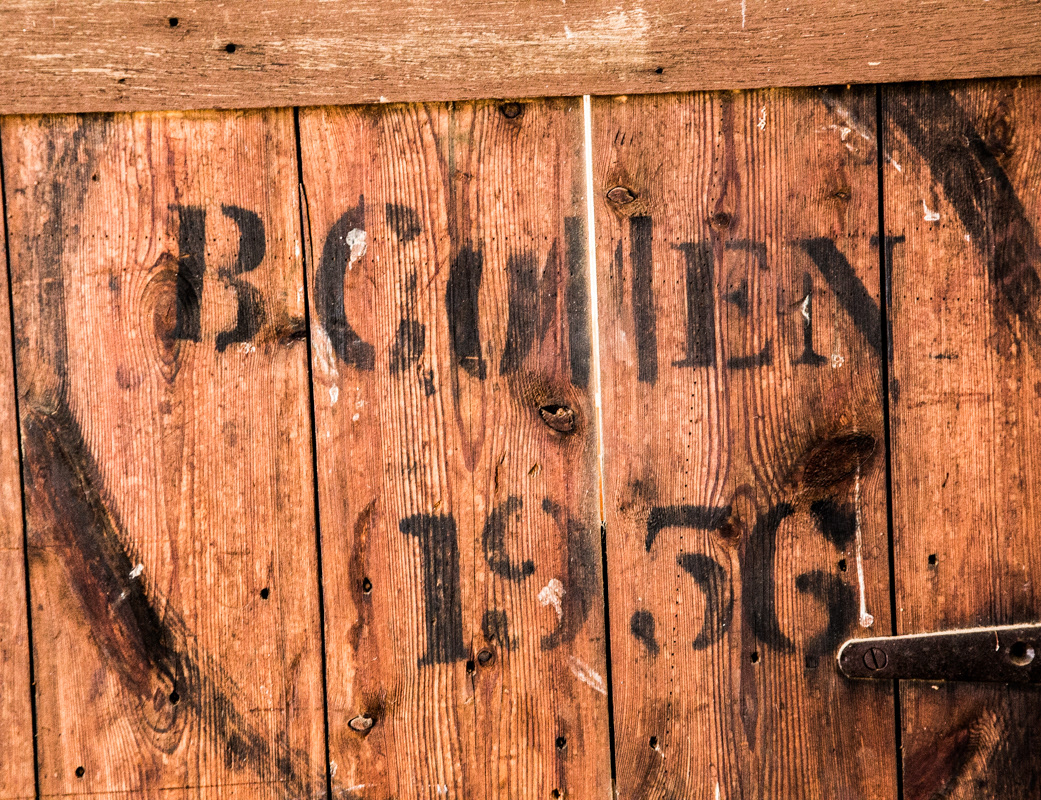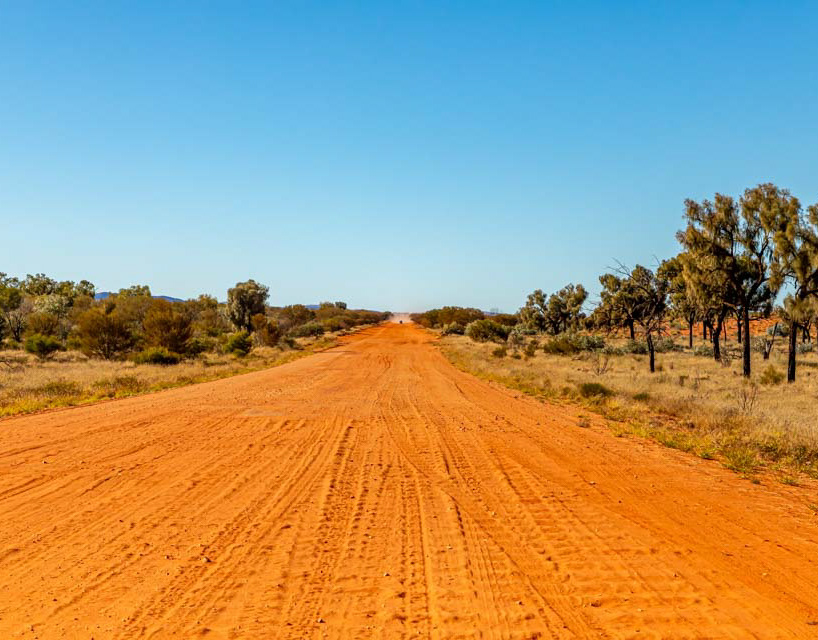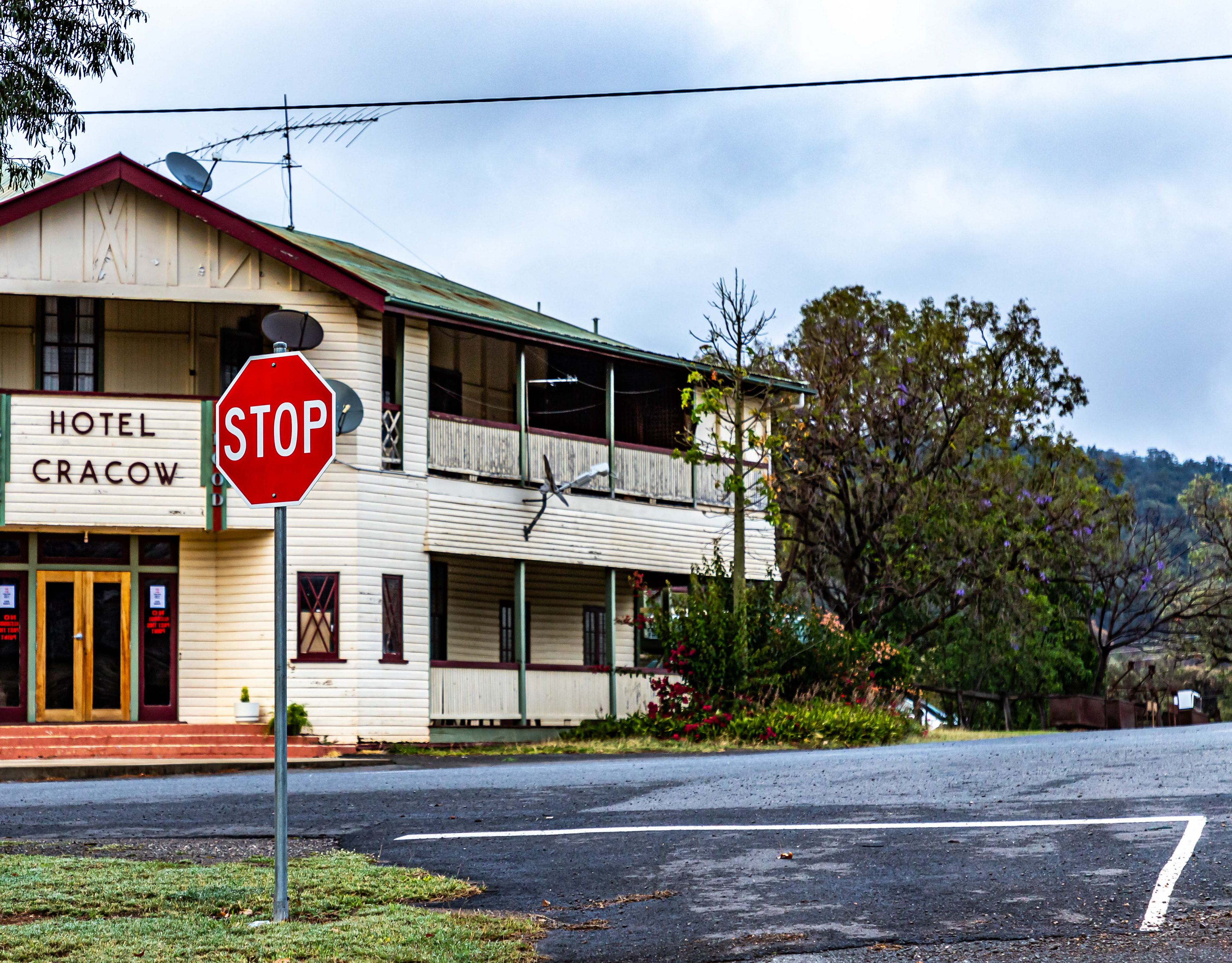After catching a bus from Trieste in Italy, travelling through Slovenia for about 10 minutes and then going through border formalities into Croatia (part of the EU but not a Schengen signatory), we arrived at the regional town of Buje. We were met by the owner of the BnB, Al Merlo Olivio which was a few k's out of town in the village of Krasica (Gardossi). The young owners had done a great job of repurposing the generational home into a BnB + they also run bike tours around the region. Food and hospitality were great.
Day 1 walking route (16k) wended through the vineyards to the villages of Baredine, Brtonigilia and Stancija Loj. After lunch and wine tasting in the village of Brtongilia we headed back to Gardossi for more great hospitality (Day 1).
Striding out towards Baredine, Istrian Peninsula.
Abandoned house at Krasica. The stories it could tell.

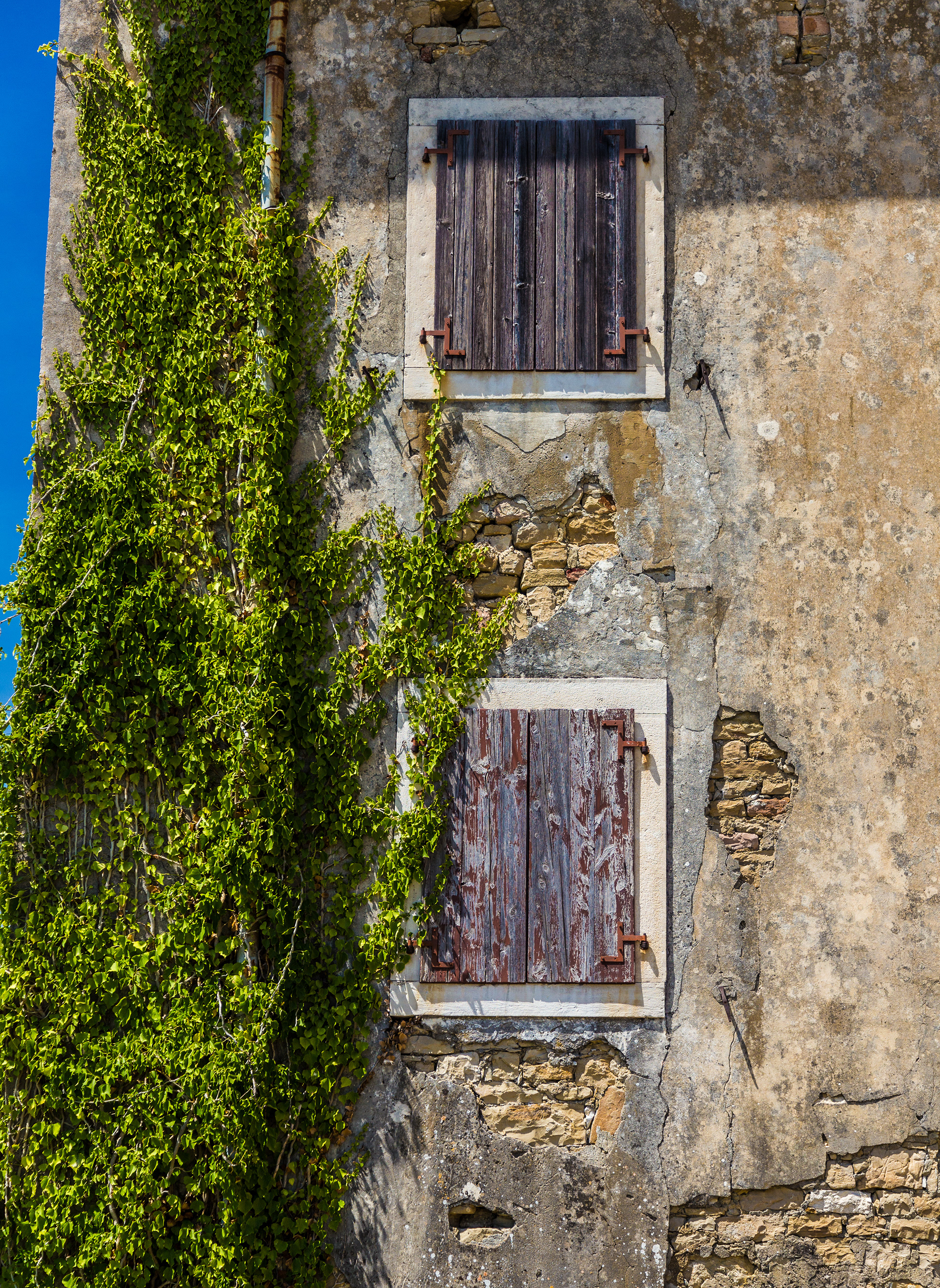
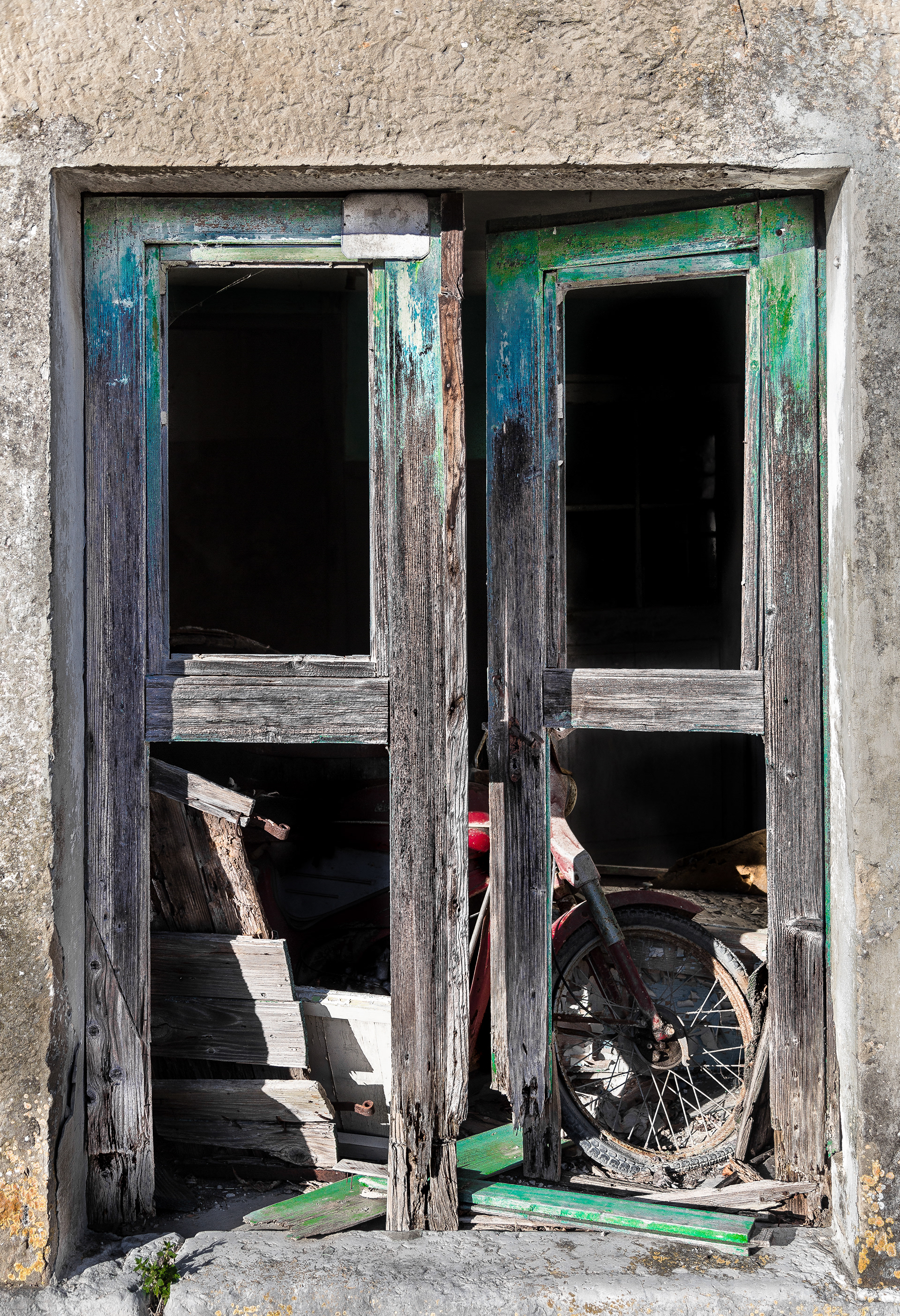

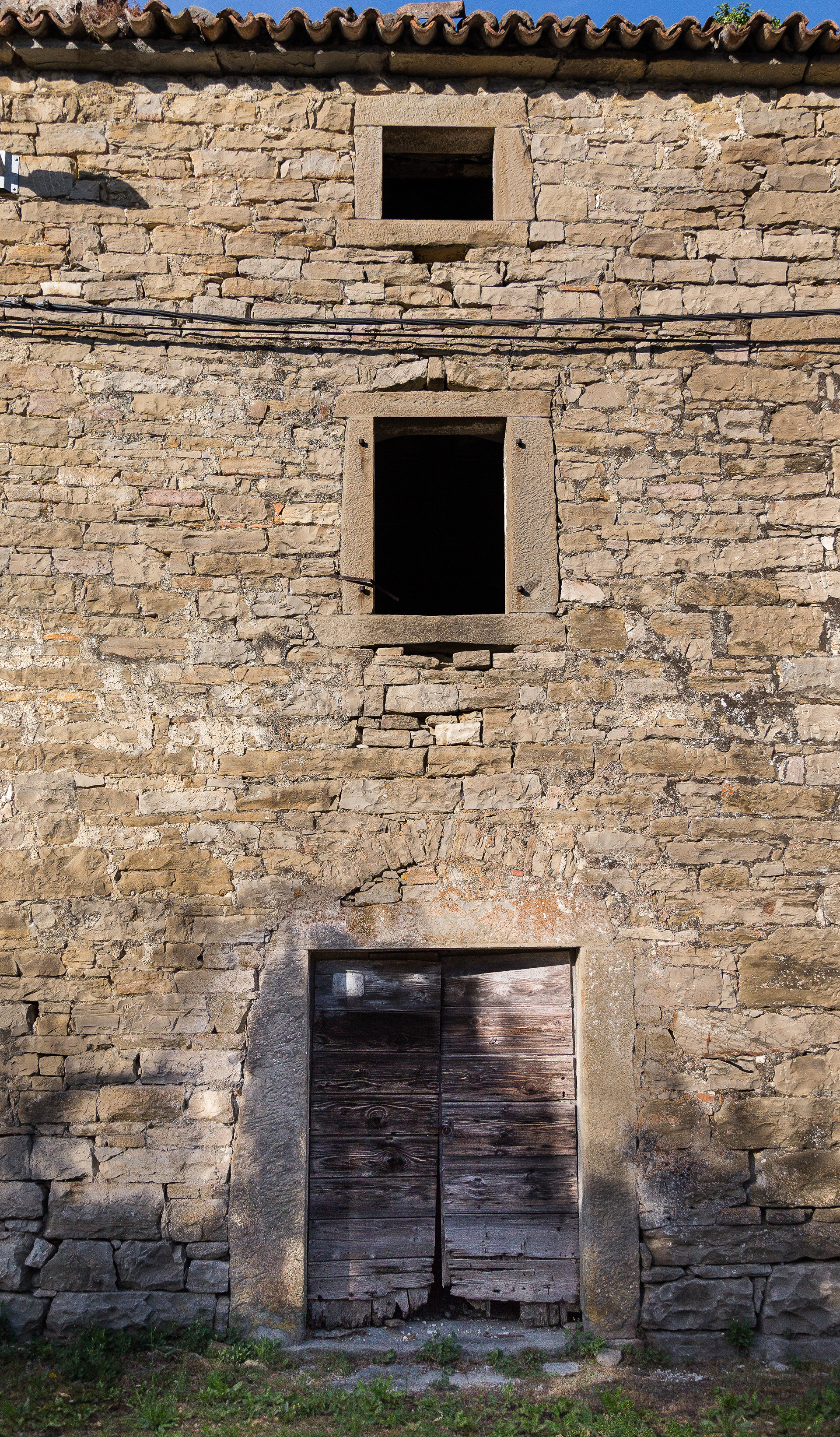

Our first view of Groznjan on our 22 km walk on Day 2. Groznjan is a Venetian town from the 14th century and is now a well known artists colony. Atmospheric, but get there early to beat the tour buses.
Mirna valley views from one of the pleasant coffee shops of Groznjan.
Electricity probably arrived in Groznjan a bit later than the 14th century, or is it telephone?
A backward look as we depart Groznjan for Opratlj and Motovun, our destination for the day.
Spectacular views back towards the Adriatic Sea.
Heading into the hilltop village of Opratlj for a well earned cool drink after some hot walking.
Opratlj was controlled by the Venetian Republic between 1420 and 1797 with many of the original town walls being incorporated into the current buildings.
Maybe this wall is still waiting incorporation.
Our first view of Motovun, another hilltop town. We actually walked to the village of Livade which is in the bottom middle of the photo. Its claim to fame is that in 1999 Giancarlo Zigante found the biggest ever white truffle in the local woods. It weighed 1.31 kg and is recorded in the Guinness Book of Records. On the basis of this fame Giancarlo opened a very successful restaurant in the town. Not surprisingly, many restaurants in the area promote truffles as a local speciality. We were collected in Livade by the Hotel Kastel and transported up the hill to Motovun. For this we were eternally grateful, the difference in altitude between the villages may not appear all that great but trust me it was appreciated after a long day.
Motovun is one of the best preserved Istrian medieval towns with walls, towers and gates dating from between the 14th and 17th centuries. We spent a couple of nights in Hotel Kastel, which befitting all castles, was on the top the hill.
From the Kastel Hotel dining balcony. The hotel started life as a 17th century palace.
Dinner sunset.
Day 3 was spent exploring the local area around Motovun including a lunch at the Benvenuti Vina winery in the village of Kaldir. A 14.5 km walk was required to attend the lunch, the first half worked fine but the second was a bit slower......nothing to do with a few whites over lunch.

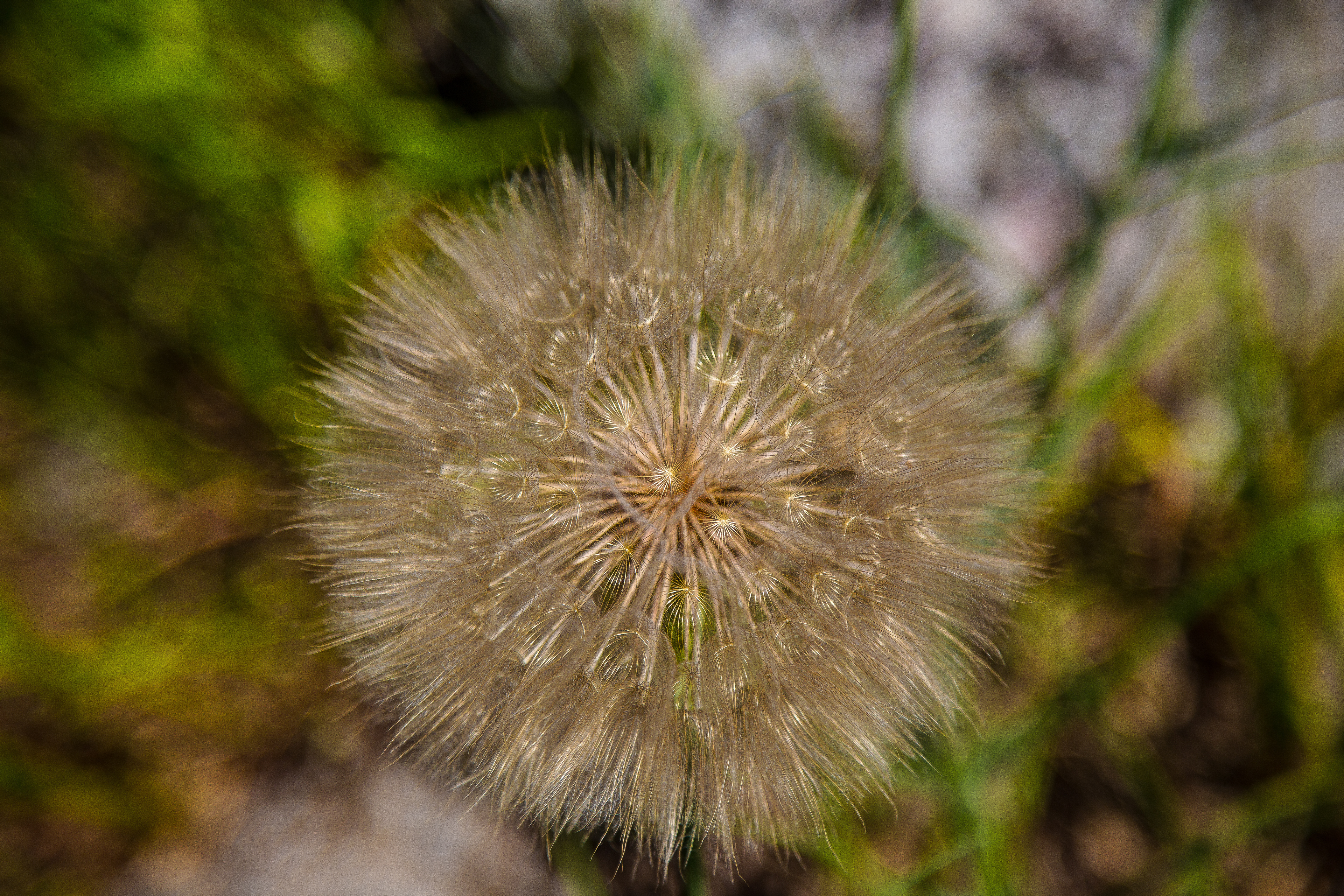
After a couple of great nights in Motovun we were taken by taxi to Poklon Pass which enabled us to walk to Lovran in the 1 day (12.5 km). Lovran is on the east coast of the peninsula and the Adriatic Sea (Day 4).
Lovran was a fashionable resort for the 19th century Austro-Hungarian nobility and is still a very popular holiday destination (Day 5 &6).
The 12 km 'Lungomore' coastal promenade (read walk), built in the 19th and early 20th centuries, and named after Emperor Franz josef 1, joins Lovran with its northern, and much busier resort neighbour, Opatija. A number 32 bus takes you to Opatija to start the pleasant walk back along the coast, passing in front of palatial homes and always with the rocky coast line and the Adriatic on the left (Day 5 &6).
Quaint harbour at Opatija.
Lovran relaxation with a backdrop of the regional city of Rijeka.
Lovran architecture.
Enjoying the fruits of life.
Seagulls have no respect. Opatija harbour.
